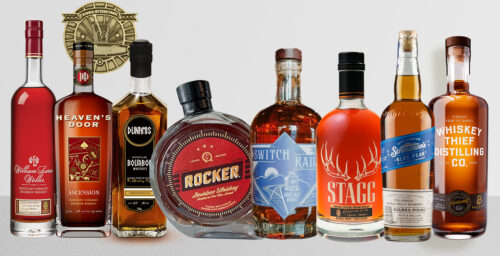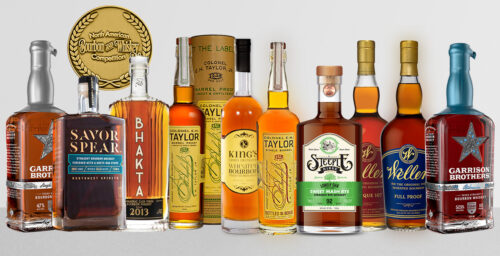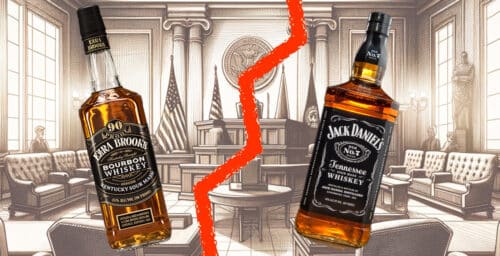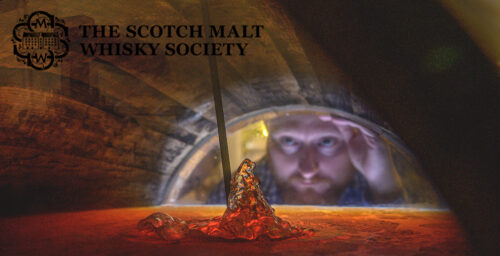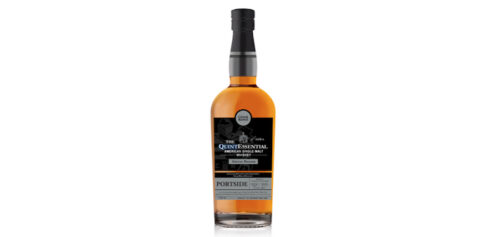It is no secret the leaders of Rogue Ales in Oregon are savvy businessmen. Rogue has built their brand with the same dedication with which they brew their beer; the quality of both has, since 1988, been rock solid. In 2006, when Rogue took the plunge and began distilling whiskey, it was expected this product, too, would bear the hallmark of good craftsmanship. But when the whiskey rolled out bearing an age statement of 90 days, public opinion was given a hard shake.
Using the same mash bill as their famous beers, Rogue pulled the reputation card and leapt. In theory, this could be a viable, if creative, way to make whiskey, but there has been, up to this point, little way to tell – their whiskies, being so young of until late, generally have not been well received by many reviewers, us included.
Can age improve Rogue’s products? Anything is possible so, to find out all we could about what’s coming up, we took a tour of Rogue’s distilling operation in Newport, Oregon, recently under the expansive guidance of their head distiller John Wilcox (Editor’s Note: now their former head distiller – see the end of the story to learn more).
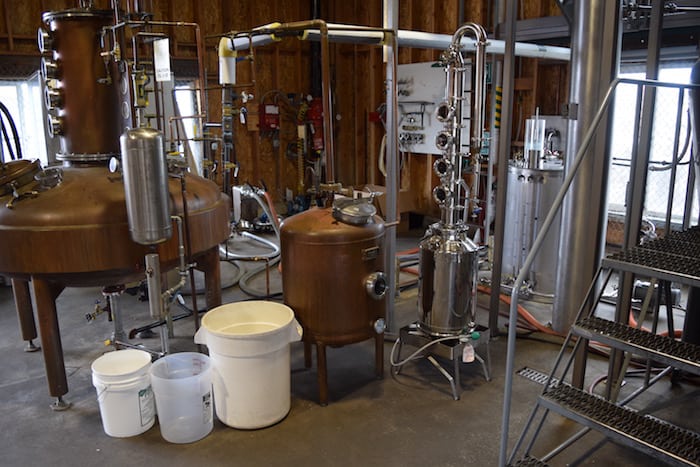
Built in a series of old ship maintenance buildings, the Rogue distillery and “Ocean Aging Room” are not the sleek, antiseptic industrial areas of their brewing operations. While the distillery is a cozy hodgepodge of tasting bottles and old labels, the aging room is methodically arranged, and Wilcox knows the exact locations of every whiskey. The original Rogue still (nicknamed Tracy) is a 150 gallon columnar still. When their operations expanded, a 500 gallon still (Tory) took on the extra work with a vodka column added in 2012 and a gin basket in 2014. The distillery currently processes 6,000 gallons of mash per week, trucked over from the brewery next door, and is constantly in production, with an average of 150 cases per week of finished product.
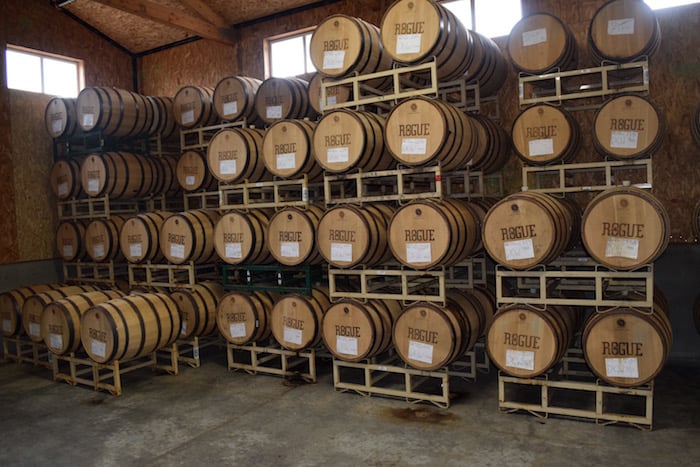
The focus at the beginning of production, we are told, was all about capacity. Rogue’s corporate philosophy is heavy on moving product, and a product sitting on a shelf is a liability (think shoes, think beer). When distilling, this ethos can translate to gin and vodka, but when it comes to whiskey, nothing beats time in creating a good product. Although slow to embrace this idea, the paradigm shift is beginning to happen, Wilcox said, as Rogue continues to age things such as their rye and Dead Guy whiskies.
In addition to longer time in current barrels, Rogue has invested in a state-of-the-art cooperage, now named Rolling Thunder. Not only to showcase their self-sufficient brand (they grow their own grains on farms throughout Oregon), Rogue’s investment in a cooperage is shrewd business. There is an impending barrel shortage, and full orders are almost impossible to get from America’s current coopers. Additionally, it is another chance to promote Oregon products, as Rolling Thunder exclusively uses locally sourced Oregon Oak.
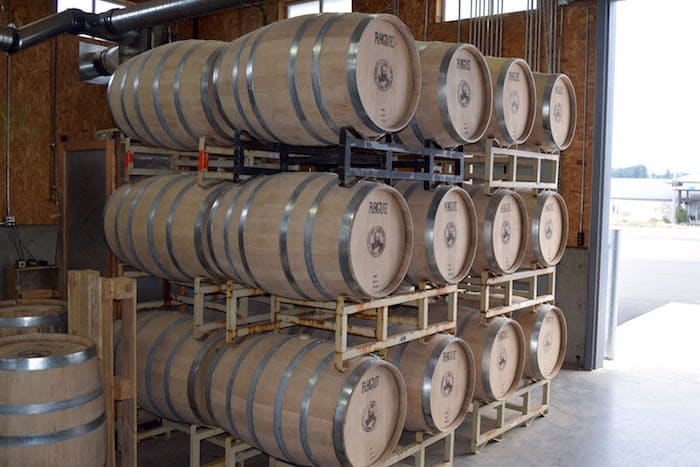
Head cooper Nate Linquist, a long-time employee on the eve of retirement, was enticed into running the cooperage. Apprenticed to Oregon Barrel Works’ Rick DeFerrari, Nate now builds around three barrels per week for Rogue. We caught a glimpse of Barrel One in the Ocean Aging Room. A char #3 barrel with char #2 head, it was filled earlier this year with Dead Guy whiskey. We sampled a bit, and were pleasantly surprised. Although a “banana bomb” on the nose, the spirit does exhibit a bit of complexity heretofore not found in Dead Guy, with less of a biscuit flavor – more tropical fruit forward, with a hint of caramel popcorn.
What’s next for Rogue distilling is, with luck, a continued focus on quality over quick turn-around. The exact focus will be for another Head Distiller to determine, though, said Wilcox. His term as Rogue’s distiller, since we first visited, has come to a close, though he is still a consultant with them for the moment. With three distillers in four years, Rogue could change course yet again, as each new distiller arrives with their own ideas, experience and vision. Jake Holshue is the man scheduled to take the wheel, and he’s happy with the direction Rogue is taking.
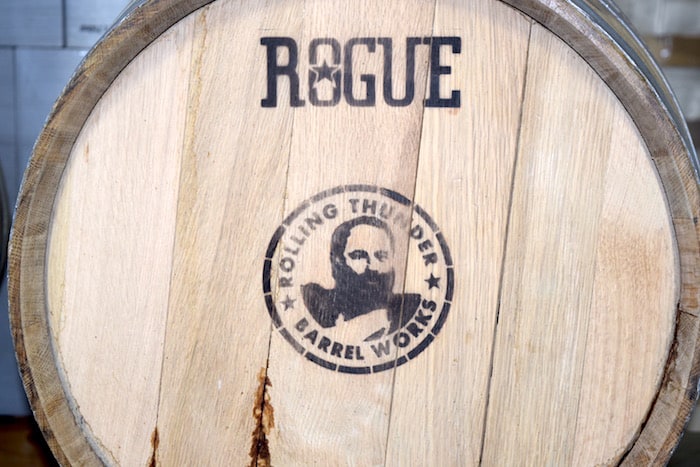
Every distiller wants to make the best whiskey. It takes patience, and that’s what has been missing from Rogues offerings so far. If today’s emphasis becomes ethos, Rogue whiskey has the potential to live up to its rock solid brand.

